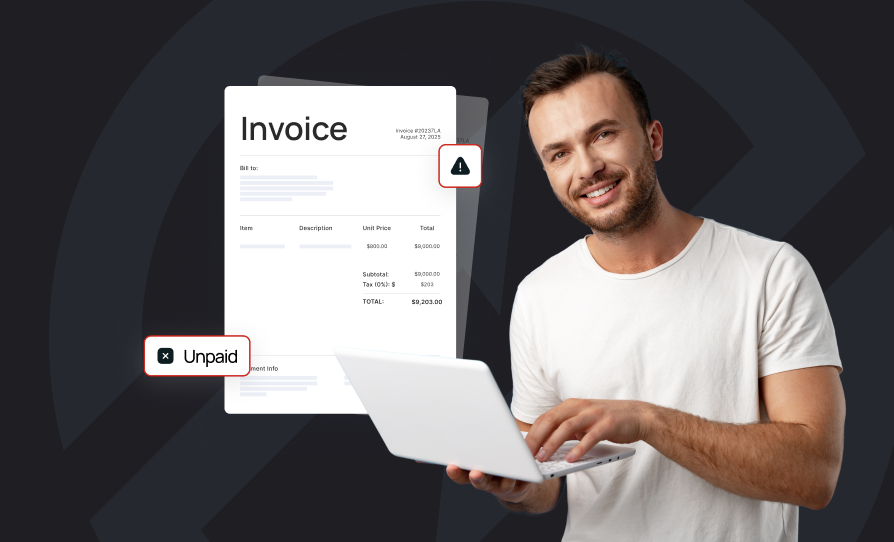Chances are high that if you’re in business (and successful), you and your team purchase things on a regular basis to keep things running smoothly. Whether it’s office supplies, travelling to different locations, components needed to make a product, or initiating subscriptions to new online tools, procurement plays a critical role in every industry.
But if “procurement” is used to describe the process that businesses use to purchase these things, then what is e-procurement?
E-procurement is a term used to refer to the digitization and mobilization of traditional procurement process flows, operations, documentation, and best practices in the form of procurement software - also referred to as an e-procurement system.
But perhaps we’re jumping the gun a bit by talking about e-procurement first!
To really define and understand what e-procurement is, understanding what goes into a traditional procurement procedure is a must.
What is procurement?
There are two main aspects to consider when defining procurement:
- The act of procurement itself (also known as “procuring” something)
- The procurement process surrounding the act
The act of procurement itself refers to purchasing operational goods and services (typically a B2B or “Business to Business” transaction) that an organization requires to operate efficiently and profitably.
Simple, right?
What’s not so simple is the process used to execute that action.
As a matter of fact, the whole reason that procurement exists as a profession is because of its diverse and complicated nature!
However, for the sake of brevity (“quick and simple” wouldn’t be able to cover all of the different processes companies use) it’s worth knowing what a standard business procurement process may typically involve.
What does a traditional procurement process flow look like?
Not every business has an identical procurement process workflow. Depending on the nature of the goods and services that need to be purchased, the process may become more or less complicated.
For example, a procurement process for a business in the medical industry would require a far more extensive evaluation process than, say, a business that only needs to order office supplies once in a while.
However, an overview of what steps a complete procurement process involves might look something like this:
- Creating a procurement strategy
- Creating procurement plans within that strategy
Each procurement plan may then have different methods and processes, which can include:
- Referencing existing inventory stock levels and operational requirements to determine what needs to be requisitioned (difference between requisitions and purchase orders)
- Determining an item quality standard to adhere to
- Determining specifications of the goods or services
- Strategic sourcing (supplier research and selection)
- Technical evaluation of received offers from suppliers
- Referencing of budgets to confirm available financial resources
- Negotiation of pricing and other terms in the agreement
- Initiation of a purchase order or a contract (what’s the difference?)
- Order acknowledgement from the supplier
- Advanced shipping notice (ASN) from the supplier
- Receiving of delivery slip or receipt of goods from the supplier
- Processing of an invoice from the supplier (tips for streamlining accounts payable)
- Performing a 3-way match between the order, received delivery, and pending invoice
- Payment to the supplier upon confirmed 3-way match
- Allocation of goods or services to the requisition source within the company
- Evaluation and documentation of the supplier(s) performance
Alright! I know what you’re thinking:
“The title said simple and quick explanation - I’ve been bamboozled!”
The procurement process itself can seem overwhelmingly complex at first glance.
However, understanding what e-procurement means with this context is far less complicated.
What are the benefits of an e-procurement system?
Here’s the real “quick and simple” part of understanding e-procurement.
An e-procurement system is designed to streamline all of the planning, operations, and required documentation that goes into maintaining an effective procurement process.
This means that the huge list of bullet points above is centralized on a single software platform - making it possible to track the actions, documents, and numbers associated with every aspect of such a complicated process.
In turn, workflow agility is increased, planning becomes more structured, and access to accurate spending insights to make informed decisions and form data-driven growth strategies.
Here’s a comprehensive list of the top 20 benefits of e-procurement systems if you’d like to see a breakdown of what other advantages a software platform provides to procurement professionals.
In short, e-procurement is a way of taking a very complicated purchasing process, and streamlining it through a single digital platform to ensure the business has complete control over their operational expenditures. If you're ready to transition to digital procurement processes, be sure to avoid these obstacles to making a digital transformation.
.png)

![What is E-Procurement? [Quick & Simple Explanation]](https://cdn.prod.website-files.com/6238bcab9402836401c2a1da/624d65d7fd72e1fa6f89e6dd_adults-analysis-brainstorming-1661004.jpeg)
.png)
.png)

.webp)

.png)










